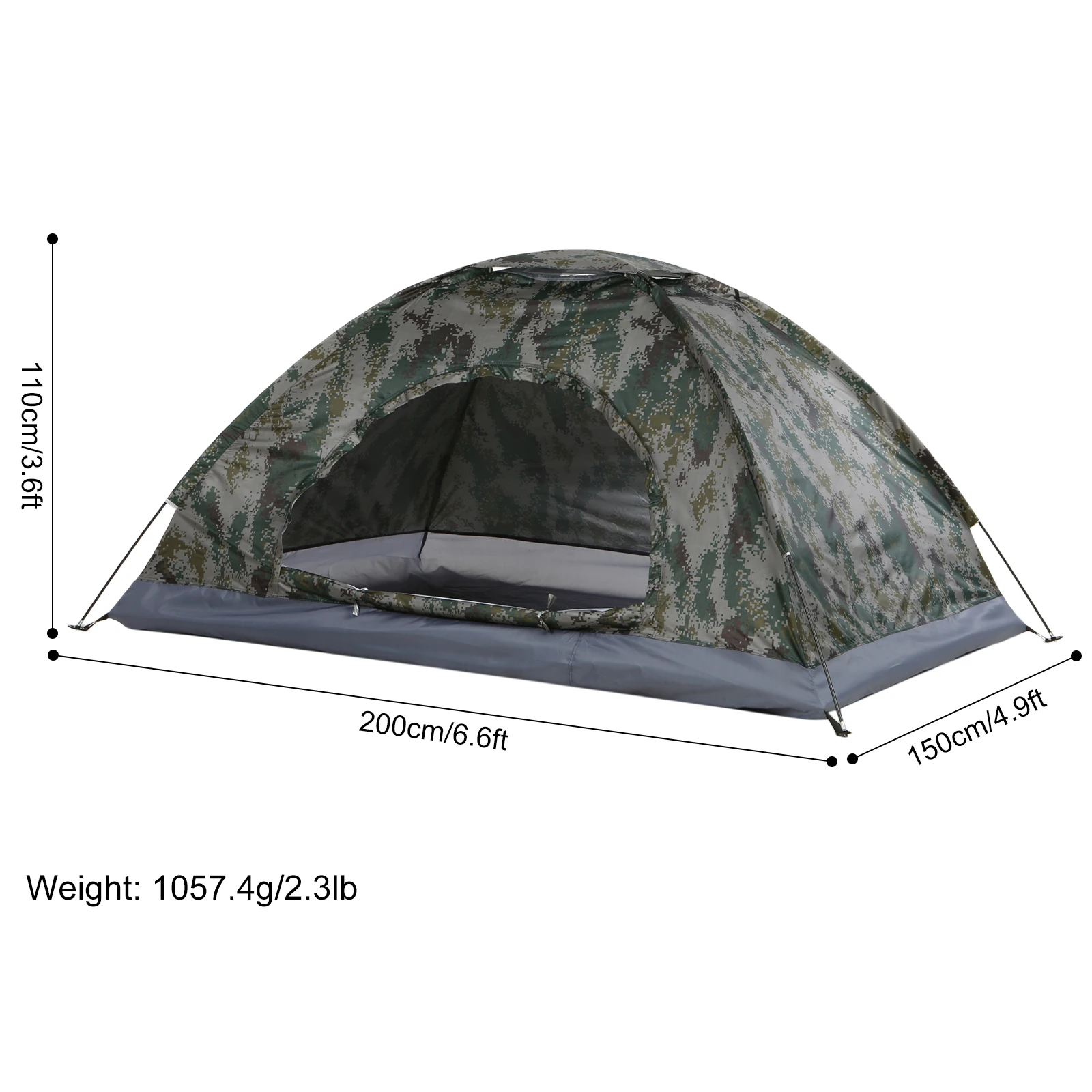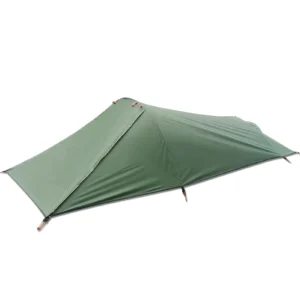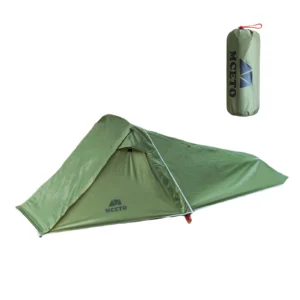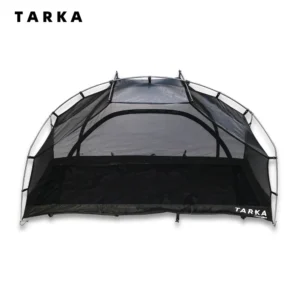Navigating the Forest: Why Shelter Selection Matters
The forest environment presents unique challenges for hikers seeking overnight adventures. Unlike open terrain, forests offer filtered sunlight, variable ground conditions, unpredictable moisture levels, and the potential for sudden downpours. These conditions demand specialized shelter solutions that balance protection with portability.
Last autumn, while hiking through dense woodland in the Pacific Northwest, I experienced firsthand how quickly forest conditions can shift. What began as a clear afternoon transformed into a misty evening with periodic rain showers filtering through the canopy. Having the right shelter made all the difference between a comfortable night’s rest and a miserable experience.
For hikers traversing forest trails, “compact” isn’t just about minimizing weight—though keeping your pack under 30 pounds (14 kg) is essential for comfortable trekking. True compactness encompasses minimal packed volume, quick deployment when tired or in fading light, and adaptability to the unique terrain features forests present.
In this guide, we’ll explore four primary shelter categories perfectly suited for forest adventures: ultralight tents, versatile tarps, comfortable hammock systems, and minimalist bivy sacks. Each offers distinct advantages within the compact shelters for two campers spectrum, with considerations specific to the forest environment.
Essential Considerations for Forest Shelter Selection
When selecting the ideal shelter for forest hiking, several critical factors should guide your decision:
Weight and Packed Size: Every ounce matters on long forest treks. Aim for shelters weighing 1-4 pounds (0.5-1.8 kg) with packed dimensions smaller than a standard 1-liter water bottle when possible.
Terrain Adaptability: Forest floors rarely offer perfectly flat, obstacle-free camping spots. Your shelter must accommodate roots, slight slopes, and limited clear spaces.
Weather Protection: Forests create their own microclimate. Even when forecasts predict clear conditions, tree-captured moisture can “rain” down hours after actual precipitation ends, demanding reliable waterproofing.
Insect Barrier: Forests harbor abundant insect life, making effective bug protection essential, particularly during warmer months. Complete mesh walls or supplemental netting can be the difference between peaceful sleep and a night of constant swatting.
Ventilation Systems: Forests typically maintain higher humidity levels than open terrain. Adequate airflow prevents condensation from soaking sleeping bags and gear overnight.
Durability: Branch falls, sap drips, and abrasive surfaces require materials that resist punctures and tearing. Lightweight doesn’t have to mean fragile.
Setup Efficiency: After a demanding day on forest trails, you need a shelter that deploys quickly, ideally in under 5 minutes before darkness falls through the canopy.
Visual Impact: Forest environments often have specific regulations about camping visibility. Low-profile, earth-toned shelters provide better stealth camping options where appropriate.
The perfect forest shelter balances these considerations against your personal hiking style, trip duration, and the specific forest environment you’ll encounter. Many experienced hikers find that compact backpacking tents offer the ideal middle ground for forest conditions.
Ultralight Tents: Complete Protection in a Package
Modern ultralight tents represent the most comprehensive shelter solution for forest hiking, offering full protection in a remarkably compact package. These shelters fall into three main configuration types:
Freestanding designs can be set up anywhere, making them ideal for varied forest terrain where staking may be difficult. Semi-freestanding models reduce weight further by requiring minimal staking, while trekking pole tents eliminate dedicated poles altogether, using your hiking poles for support—saving significant weight but requiring slightly more setup time.
Key Features:
Weight-to-Protection Ratio: Premium ultralight backpacking tents now weigh just 1-3 pounds (0.5-1.4 kg) while providing complete protection from elements and insects.
Weather Resistance: Double-walled designs excel in forests, with inner mesh bodies preventing condensation and outer rainflies handling precipitation. Look for fully-sealed seams and vestibules for gear storage.
Ventilation Management: Strategic mesh panels and adjustable vents combat the high humidity typical in forest environments, preventing the dreaded “indoor rain” effect.
Terrain Flexibility: Small footprints (typically 25-35 square feet) allow placement in limited flat areas found between trees and obstacles.
Pros:
- Complete protection from insects, rain, and wind
- Simple setup requiring minimal skill
- Reliable performance in changing conditions
- Privacy and psychological comfort
Cons:
- Heavier than more minimalist options
- Requires relatively flat ground
- More packed volume than tarps or bivies
- Higher cost for premium ultralight models
For most forest hikers, especially those newer to backcountry camping, ultralight tents provide the best balance of protection, comfort, and simplicity. Understanding what makes a lightweight tent ideal for trekking can help you select the perfect model for your forest adventures.
Tarp Shelters: Maximizing Versatility Among the Trees
Tarp shelters represent the epitome of weight efficiency while offering remarkable adaptability in forest environments. These simple yet effective shelters can be configured in numerous ways to address changing conditions.
Types and Designs:
- Flat tarps: The most versatile option, configurable in countless patterns
- Catenary cut tarps: Feature curved edges for improved wind stability and tautness
- Pyramid tarps: Provide more protection with a steeper pitch but less setup flexibility
Forest-Specific Configurations:
In forested settings, tarps excel by utilizing natural anchor points. The classic “A-frame” setup between two trees eliminates the need for poles entirely. The “lean-to” configuration maximizes views while providing good rain protection from one direction. For stormy conditions, the “storm pitch” brings the tarp edges nearly to the ground for superior weather protection.
The primary challenge with tarps in forests is insect protection. This can be addressed through modular components like mesh inners or bug bivies that combine with your tarp to create a complete system when needed.
Pros:
- Ultra-lightweight (8-16 oz/230-450g)
- Extremely small packed size
- Highly adaptable to irregular forest spaces
- Multiple configuration options for changing conditions
- Excellent ventilation preventing condensation
Cons:
- Requires more skill to pitch effectively
- Limited insect protection without accessories
- Less privacy than enclosed shelters
- Ground-level protection depends on site selection skills
Tarp users develop a deeper connection to their environment, as these shelters encourage more awareness of surroundings and weather patterns. For hikers concerned about shelter versatility, mastering two-person lightweight tent setup skills translates well to tarp configurations.
Hammock Systems: Elevated Comfort Off Forest Floors
Hammock shelter systems are uniquely suited to forested environments, offering unmatched comfort on terrain that would challenge ground-based options. A complete hammock system includes:
- The hammock itself (typically 14-16 oz/400-450g)
- Suspension straps (tree-friendly, 4-8 oz/110-230g)
- Rainfly/tarp (8-16 oz/230-450g)
- Bug protection (integrated or separate, 5-11 oz/140-310g)
- Underquilt or pad for insulation (8-30 oz/230-850g depending on temperature)
Key Benefits for Forest Hiking:
Hammock systems shine on uneven forest terrain where finding a flat, root-free, rock-free sleeping spot might be nearly impossible. They keep you elevated above wet ground after rain and provide superior airflow in humid conditions.
The tree dependency is rarely an issue in forests, though ideal hanging spots require healthy trees approximately 12-15 feet (3.5-4.5m) apart. Modern suspension systems distribute weight to prevent tree damage while allowing quick setup and adjustment.
Temperature Management:
The greatest challenge for hammock camping is managing temperature, particularly underneath. Without proper insulation, cold air circulating beneath the hammock creates “cold butt syndrome” even in relatively warm weather. Quality underquilts solve this problem by providing insulation that doesn’t compress like sleeping pads.
Pros:
- Superior comfort for many sleepers
- Works on terrain impossible for ground shelters
- Excellent ventilation
- Keeps you above wet ground
- Typically includes built-in bug protection
Cons:
- Requires suitable trees
- Complete systems weigh more than minimalist options (2-4 lbs/0.9-1.8kg total)
- Higher learning curve for comfortable sleep
- More pieces to manage and pack
- Additional insulation requirements
For forest hikers who struggle with ground sleeping or frequently encounter wet, uneven terrain, hammock systems offer an incredibly comfortable alternative that works in harmony with the forest environment.
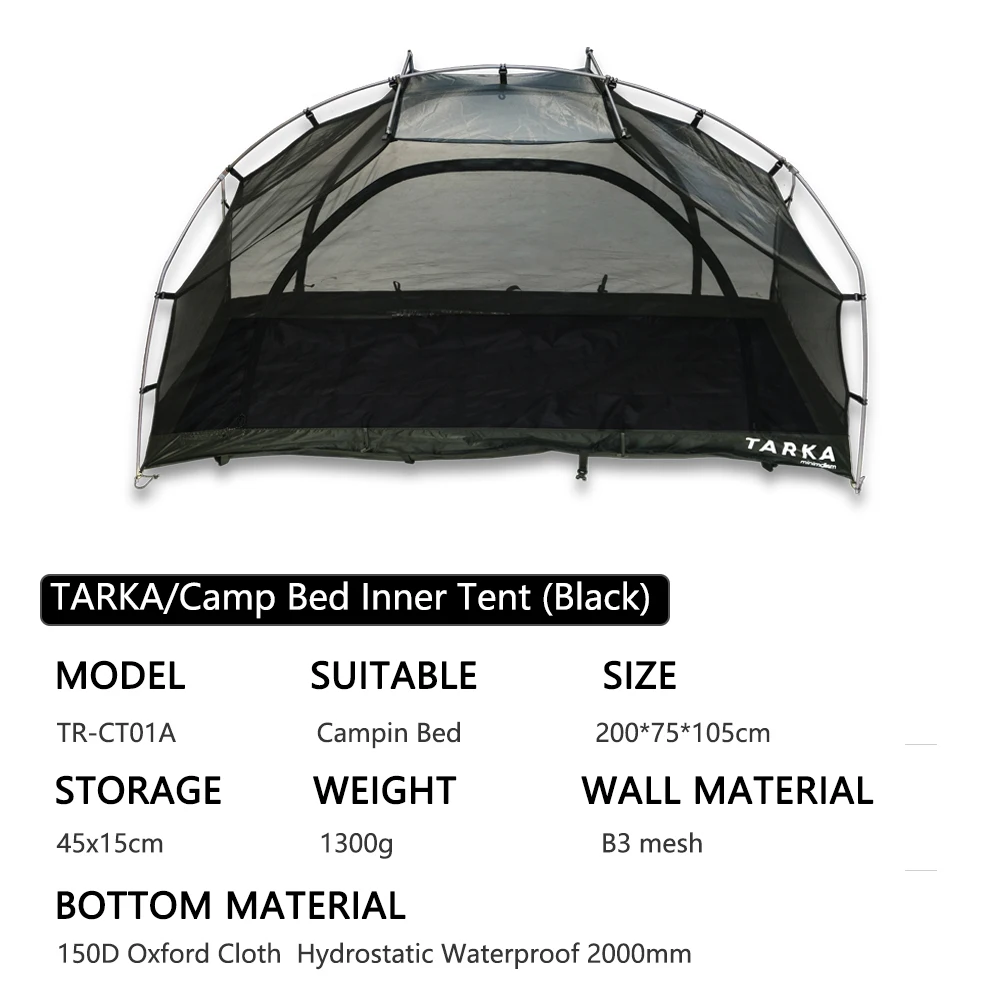
Bivy Sacks: Minimalist Protection in the Forest
Bivy sacks represent the most minimalist shelter approach for forest hiking, essentially providing a waterproof, breathable cover for your sleeping bag. These ultracompact shelters come in several variants:
- Minimalist bivies: Simple waterproof shells weighing as little as 7 oz (200g)
- Breathable designs: Incorporate air-permeable materials to reduce condensation
- Hooped bivies: Include small pole structures to lift fabric off the face for comfort
The primary advantage of ultralight bivy tents is their incredible weight and size efficiency. Many pack down smaller than a water bottle and weigh under a pound. This minimalism makes them nearly invisible in forest settings, perfect for stealth camping where permitted.
Condensation Challenges:
The main limitation of bivies in forest environments is condensation management. High humidity forests can overwhelm even the most breathable fabrics, potentially leaving sleeping bags damp by morning. This can be mitigated by:
- Selecting sites with natural air movement
- Leaving the bivy partially open when possible
- Combining with a small tarp for additional protection
Best Use Scenarios:
Bivies excel for fast-and-light missions where protecting your sleeping system matters more than living space. They’re ideal for:
– Solo overnight forest trips with good weather forecasts
– Emergency/backup shelter when pace-hiking
– Supplementing other shelter systems
– Ultralight summer treks when minimal insect protection is needed
Pros:
- Lightest shelter option (7-24 oz/200-680g)
- Smallest packed size
- Fastest setup/takedown
- Works in tight spaces between trees
- Low visibility for stealth camping
Cons:
- Minimal living space
- Challenging condensation management
- Limited protection in sustained harsh weather
- Claustrophobic for some users
- Difficult to wait out storms comfortably
For the minimalist forest hiker focused on covering maximum distance with minimum weight, bivies provide adequate shelter while emphasizing efficiency over comfort.
Head-to-Head: Shelter Comparison for Forest Environments
| Feature | Ultralight Tent | Tarp | Hammock | Bivy |
|---|---|---|---|---|
| Weight | 1-3 lbs (0.5-1.4 kg) | 8-16 oz (230-450g) | 2-4 lbs (0.9-1.8 kg) complete | 7-24 oz (200-680g) |
| Packed Size | Medium | Very Small | Medium-Large | Very Small |
| Weather Protection | Excellent | Good (setup dependent) | Excellent (with proper tarp) | Good (limited coverage) |
| Bug Protection | Excellent | Poor (unless added) | Excellent (with bug net) | Fair to Good |
| Ventilation | Good | Excellent | Excellent | Fair |
| Comfort | Good | Fair | Excellent (for some sleepers) | Poor |
| Setup Time | 3-5 minutes | 5-10 minutes | 5-15 minutes | 1-2 minutes |
| Terrain Adaptability | Requires flat spot | Flexible | Requires suitable trees | Very flexible |
| Cost Range | $250-500 | $100-300 | $200-500 (complete) | $100-250 |
Forest environments favor different shelter types depending on specific conditions. Dense deciduous forests with abundant trees work wonderfully with hammock systems. Open pine forests with needle-covered ground favor tarp setups. Varied terrain with occasional clearings might be best suited for ultralight tents.
When comparing overall value, ultralight tents provide the best all-around protection for most forest hikers, especially those with less experience. However, as skills develop, many hikers migrate toward hybrid systems that combine elements of multiple shelter types. Various camping shelter options for two offer additional considerations for partners sharing the trail.
Matching Shelters to Your Forest Hiking Style
Different hiking approaches demand different shelter solutions:
For the Ultralight Enthusiast who counts every gram and maximizes daily mileage, a minimalist tarp (10 oz/280g) combined with a bug bivy (7 oz/200g) offers the lightest protection while maintaining adaptability. This approach requires solid skills but rewards with minimal pack weight.
For the Comfort Seeker prioritizing rest quality after demanding forest hikes, a hammock system with a generous rainfly and proper insulation eliminates ground discomfort while providing superior sleep, particularly valuable on multi-day treks where recovery matters.
For the Weekend Warrior balancing weight concerns with ease-of-use, lightweight freestanding tents offer the simplest solution with minimal setup learning curve—perfect for those who hike periodically without developing specialized shelter skills.
Seasonal considerations also impact shelter choice. Summer’s insect pressure demands comprehensive bug protection, while fall’s increased precipitation and leafless canopies call for superior rain coverage. Spring’s variable conditions favor adaptable solutions like waterproof backpacking tents that handle rapid weather changes.
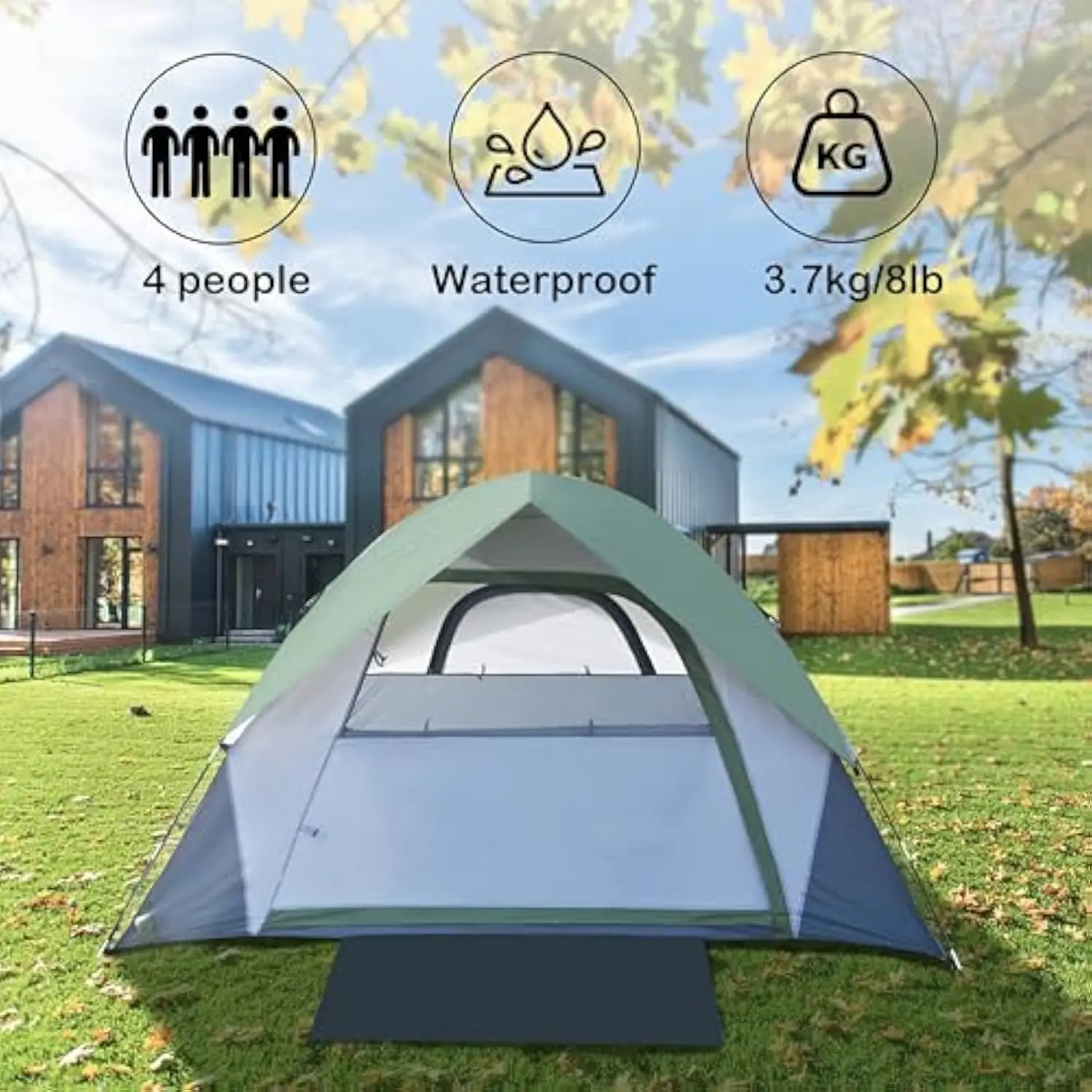
Essential Forest Shelter Skills and Best Practices
Site Selection Mastery: Choose slightly elevated ground to prevent water pooling. Look for natural windbreaks and avoid hazards like widow-maker branches or dead trees.
Condensation Prevention: Orient shelter openings to capture natural air currents. In tents, keep wet gear in vestibules and avoid touching walls. Leave appropriate ventilation open even in light rain.
Tree Protection Principles: Always use wide straps (not rope) for hammocks or tarp lines to prevent bark damage. Follow the “no trace” principle by avoiding impact on living trees whenever possible.
Quick-Deployment Techniques: Practice setting up your shelter before your trip. Pre-attach guylines with tensioners to speed forest setup when daylight fades or weather threatens.
Field Repairs: Carry lightweight repair options like tenacious tape for tears, spare guyline, and multi-purpose repair tools. Knowing how to temporarily seal seams with available materials can save a trip when unexpected damage occurs.
Understanding various types of freestanding shelters for hiking provides additional context for developing these essential skills, regardless of which shelter system you choose.
Lightweight Backpacking Tent, Ultralight Backpacking Tent, Ultralight Bivy Tent
Ultralight Single Person Camping Tent with Aluminum Poles for 3-Season Backpacking Waterproof DesignPrice range: $94.88 through $326.82 Select options This product has multiple variants. The options may be chosen on the product pageLightweight Backpacking Tent, Ultralight Backpacking Tent, Waterproof Backpacking Tent
$391.05 Select options This product has multiple variants. The options may be chosen on the product pageCompact Backpacking Tent, Lightweight Backpacking Tent, Waterproof Camping Tent
$335.52 Select options This product has multiple variants. The options may be chosen on the product pageUltralight Backpacking Tent, Ultralight Dome Tent, Winter Camping Tent
Price range: $369.63 through $370.07 Select options This product has multiple variants. The options may be chosen on the product pageBackpacking Tent with Vestibule, Freestanding Backpacking Tent, Lightweight Backpacking Tent
Price range: $446.89 through $447.22 Select options This product has multiple variants. The options may be chosen on the product pageUltralight Backpacking Tent, Ultralight Trekking Pole Tent
Price range: $350.87 through $351.98 Select options This product has multiple variants. The options may be chosen on the product page
Is a Hybrid Shelter System Right for Your Forest Adventure?
Hybrid shelter systems combine components from different shelter categories to address the specific demands of forest environments. Rather than committing to a single shelter type, modular approaches allow adaptation to changing conditions.
Popular hybrid combinations include:
– Tarp + bug bivy: Comprehensive protection with minimal weight
– Small tent + supplemental tarp: Extended coverage for wet gear and cooking
– Hammock with ground conversion capability: Adaptability when suitable trees aren’t available
These combinations provide flexibility at the cost of slightly increased weight and complexity. For extended forest journeys crossing varied terrain, this adaptability can prove invaluable when conditions change dramatically.
The ultimate hybrid approach involves selecting core components that work together while eliminating redundancies. For example, a trekking-pole-supported tarp that pairs with a bug inner saves weight by utilizing gear you’re already carrying while providing complete protection.
How Do Premium Shelter Materials Perform in Forest Conditions?
Forest environments present unique demands on shelter materials, with performance differences becoming apparent after extended exposure:
Dyneema Composite Fabric (DCF/Cuben Fiber) offers unmatched waterproofing and the lightest weight but comes at premium prices. Its performance in forests is excellent due to zero water absorption, though it can be noisy during rain and susceptible to puncture from sharp branches.
Silnylon (silicone-impregnated nylon) strikes a good balance between weight, durability, and cost. It stretches when wet—requiring occasional re-tensioning in damp forests—but resists abrasion better than ultralight alternatives.
Silpoly (silicone-impregnated polyester) maintains tension even when wet, an advantage in persistently damp forest conditions. It typically offers better UV resistance than nylon when exposed to sunlight in forest clearings.
Forest-specific material concerns include sap resistance and mildew prevention. Premium materials maintain performance longer when properly dried between trips and stored unstuffed. Quick cleaning of sap with alcohol wipes prevents long-term damage to waterproof coatings.
For hikers seeking the optimal balance of weight and durability in forest environments, lightweight backpacking tents made from quality materials offer years of reliable service with proper care.
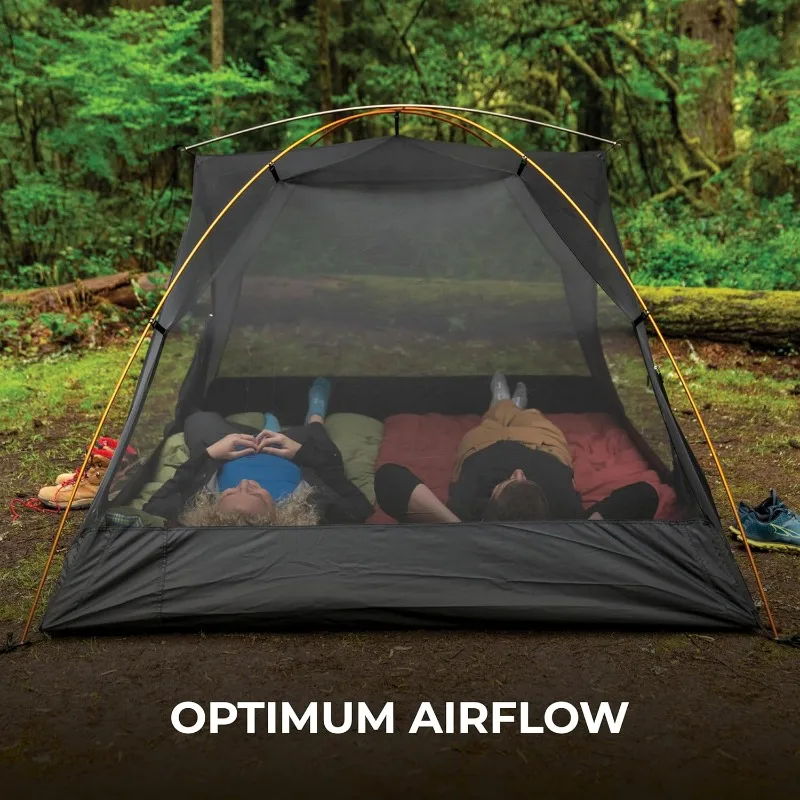
The perfect forest hiking shelter balances protection, weight, and adaptability to the unique challenges of woodland environments. Whether you choose the comprehensive shelter of an ultralight tent, the minimalist approach of a tarp system, the elevated comfort of a hammock, or the extreme compactness of a bivy, your shelter should complement your hiking style and the specific forest environment you’ll encounter.
Explore Elements offers premium shelters tested in the most demanding forest conditions, ensuring reliable protection regardless of which shelter system best matches your adventure.

